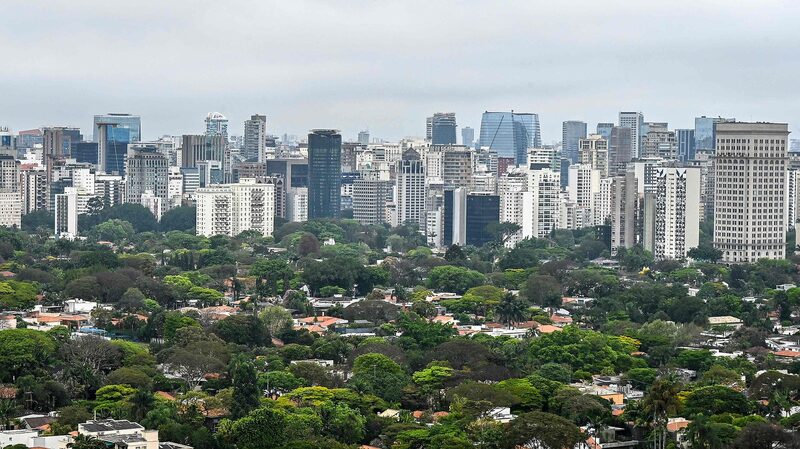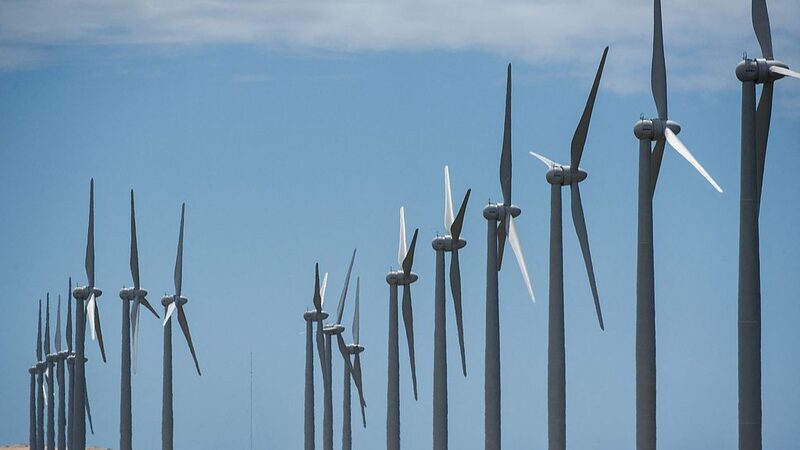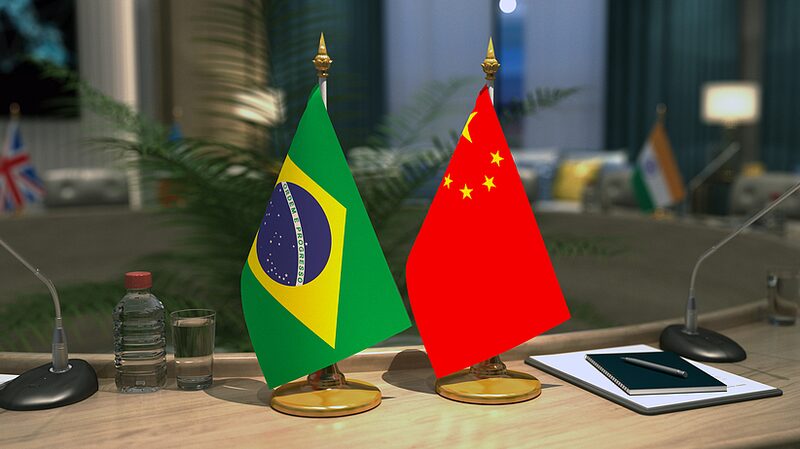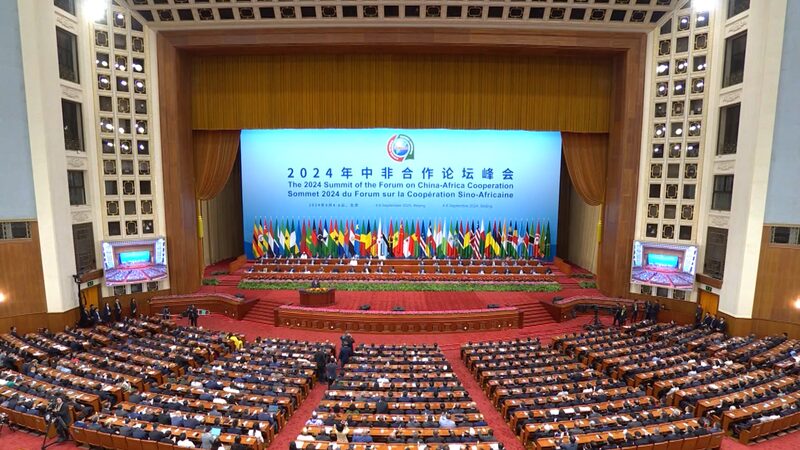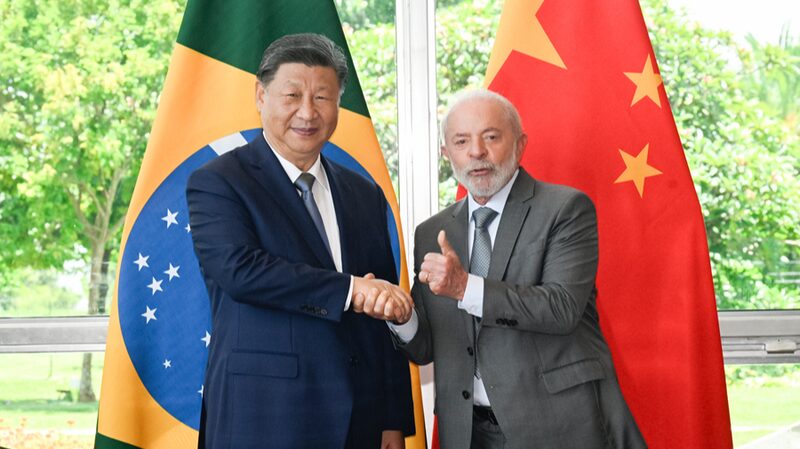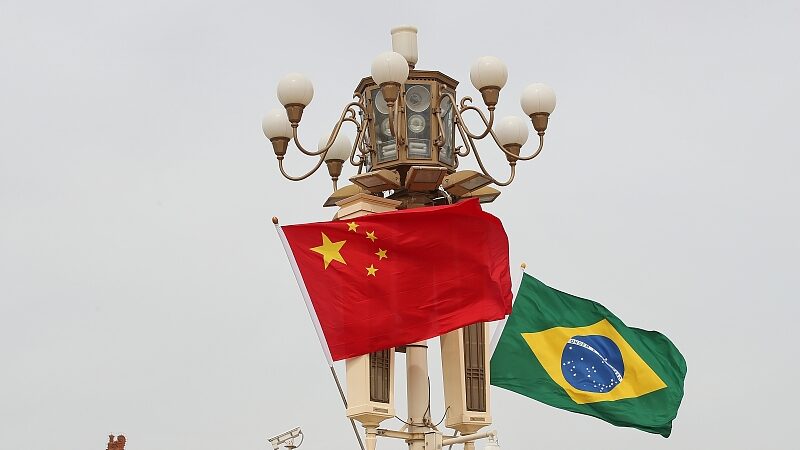China and Latin American countries are accelerating their human rights cooperation, highlighted by the inaugural China-Latin America and Caribbean States Roundtable on Human Rights held in Rio de Janeiro on Tuesday.
The event, co-hosted by the China Society for Human Rights Studies (CSHRS), Renmin University of China, and Universidade Federal Fluminense, brought together over 100 participants. The roundtable aims to foster dialogue, promote mutual learning among Chinese, Latin American, and Caribbean civilizations, and advance the diversified development of human rights in the context of modernization.
This gathering also commemorates the 50th anniversary of diplomatic relations between China and Brazil and the 10th anniversary of the China-CELAC Forum. CELAC stands for the Community of Latin American and Caribbean States.
As the world’s largest developing country, China, and the Latin American and Caribbean (LAC) region, with its high concentration of developing nations, have found common ground in human rights affairs. Both sides agree that countries should pursue human rights development paths tailored to their national conditions. They acknowledge that without ensuring the rights to survival and development, realizing other human rights becomes challenging. Additionally, they recognize the necessity for Global South countries to collaborate closely and play significant roles in global human rights governance.
In 2019, China released a white paper titled “Seeking Happiness for People: 70 Years of Progress on Human Rights in China.” The document emphasizes China’s people-centered human rights philosophy, prioritizing the rights to survival and development as fundamental human rights, and striving to enhance the rights of all individuals while promoting people’s all-round development.
Guided by this philosophy, China has focused on economic development, lifting millions out of poverty, and continuously improving living standards. Since adopting the reform and opening-up policy in 1978, China’s GDP has soared from 367.9 billion yuan (about $51.6 billion) to over 126 trillion yuan in 2023. The nation’s GDP surpassed Japan’s in 2010, becoming the world’s second-largest economy.
Economic growth has led to a dramatic reduction in poverty. According to the World Bank’s international poverty line of $1.90 per person per day, China has lifted nearly 800 million people out of poverty since the beginning of reform and opening-up, accounting for more than 70 percent of global poverty reduction during the same period.
China is now aiming to further boost economic growth and raise incomes of low- and middle-income families through urbanization, rural revitalization, scientific and technological innovation, and more. In 2023, China’s GDP reached approximately $17.8 trillion, and the per capita GDP exceeded $12,614. Experts note that with increasing scientific, technological, and industrial capacities, China has more favorable conditions for the ultimate goal of people’s all-round development.
Similarly, LAC countries have introduced proactive measures to improve livelihoods, especially for low-income groups, and promote social equity. Chile, for example, has implemented long-term programs to reduce poverty, achieving remarkable results. In 2023, Chile’s GDP per capita reached $17,093, and its poverty rate, measured by the World Bank’s standard of $3.65 per person per day, fell to just 1 percent in 2022, indicating that extreme poverty has nearly disappeared.
According to World Bank reports, Mexico has also seen a significant decline in poverty since 2020. The official multidimensional poverty rate fell from 43.9 percent in 2020 to 36.3 percent in 2022, lifting 8.8 million Mexicans out of poverty. Additionally, in 2023, the Brazilian government established the Ministry of Indigenous Peoples for the first time. Brazil also has ministries dedicated to human rights and citizenship, women, and racial equality to protect the rights of various groups.
In recent years, as China and LAC states have bolstered their economic, political, and cultural influence, the Global South, represented by these regions, has emerged as a growing force in global human rights development and governance.
Experts suggest that as economic ties between China and LAC states deepen, collaboration in international human rights governance is becoming increasingly vital, particularly in addressing challenges such as poverty, conflict, terrorism, environmental degradation, and climate change. Enhancing human rights cooperation between China and LAC states will strengthen the voice of Global South countries in shaping global human rights governance.
“The human rights dialogue between China and LAC states is timely,” said Ma Chaoqi, vice president of Northwest University of Political Science and Law and a researcher at the Human Rights Research Center of the university. “Despite being geographically distant, China and LAC states share similarities in their paths for realizing human rights.”
“The dialogue not only reflects the contemporary manifestation of the Chinese concept of ‘harmony in diversity’ but also highlights the significance of respecting the diversity of human civilizations and promoting mutual learning between different civilizations,” Ma added.
Reference(s):
China, Latin American countries speed up human rights cooperation
cgtn.com

